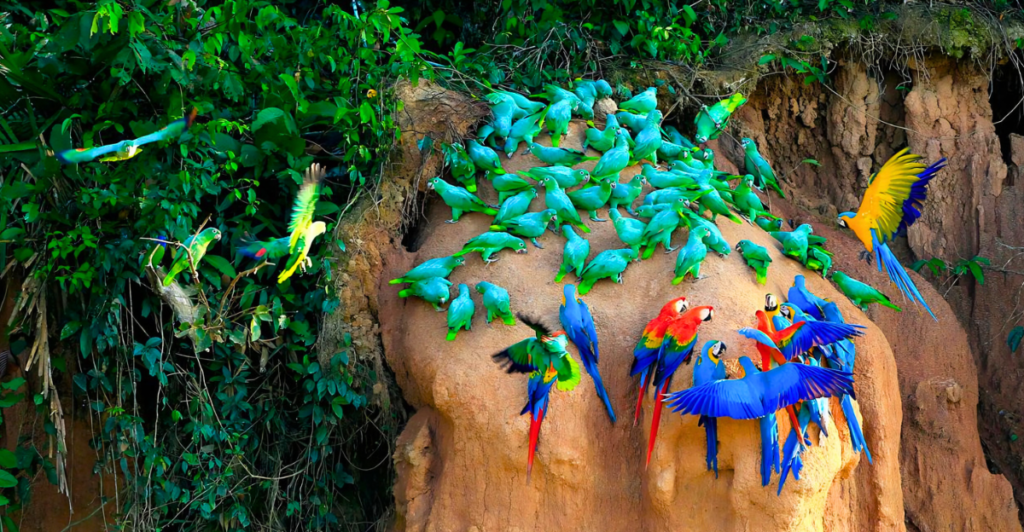
Deep in the Ecuadorian Amazon, at the Tiputini Biodiversity Research Centre, something is going wrong. The birds are disappearing. The research station, situated in one of the world’s largest rainforests, has been a valuable resource for ecologists for many years. However, scientists have observed a significant decrease in bird life, which has led to further investigation into the matter.
Observing the Birds of Tiputini
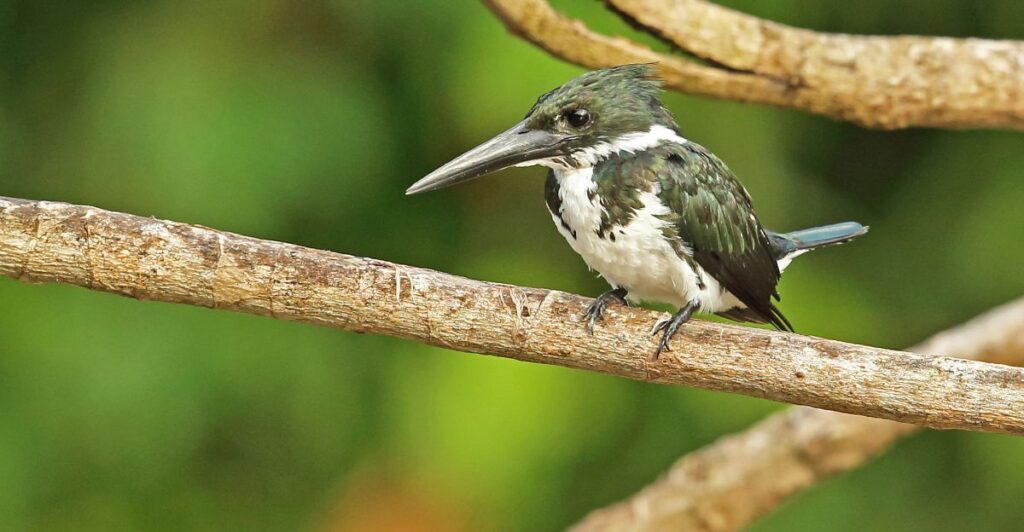
Since 2000, ecologist John G. Blake has collected bird population data to monitor changes at Tiputini. Every morning, he wakes up early to record species density and diversity and how the numbers change from one year to another. Some years were abundant, while others were poor due to storms. However, by 2012, he observed a disturbing pattern: the numbers were not recovering.
A Muted Dawn Chorus
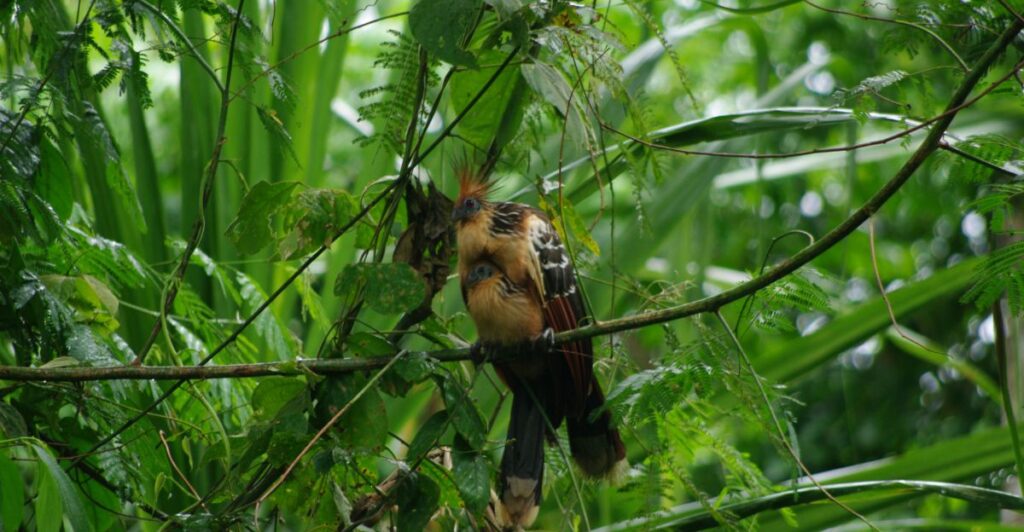
By 2022, the bird population had dropped. Blake did not need data to vouch for the decline; he could hear it. This was because some species had become hard to find while others had become extinct. ”Some species, for one reason or the other, seem like they are no longer there,” Blake said from the isolated research station.
A Mystery in the Rainforest
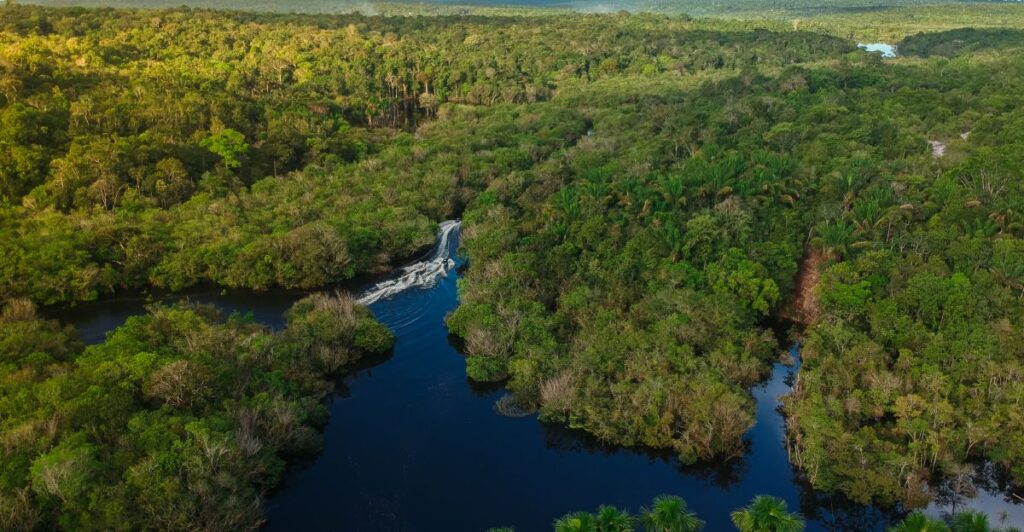
Bird population declines are well documented in North America and Europe and are typically associated with habitat loss, pollution and urbanization. However, since Tiputini is very isolated these factors were not a issue. With no farms, roads or factories around, the scientists were left to look for other causes of the problem.
Similar Patterns Across the Amazon
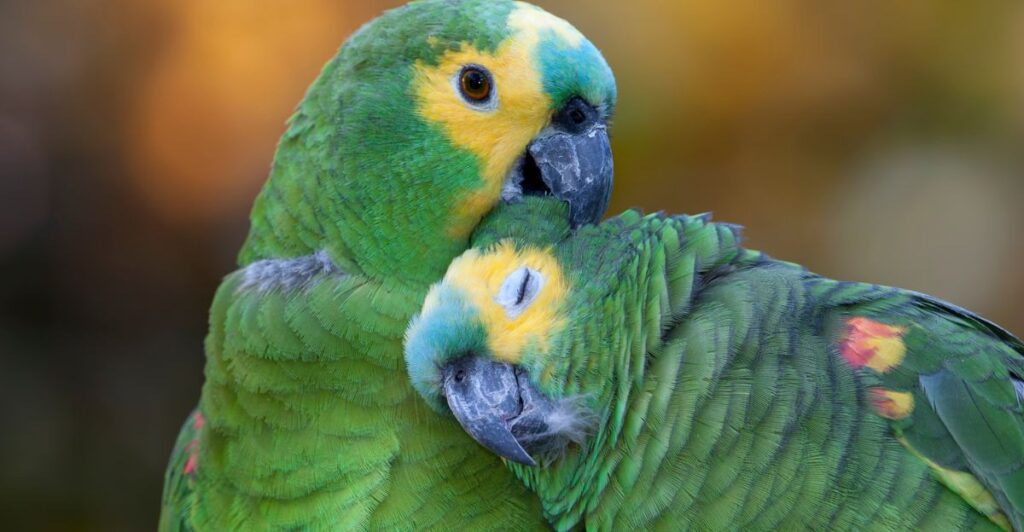
Tiputini is not alone. The BDFFP (Biological Dynamics of Forest Fragments Project) in Brazil also presented worrying trends in bird populations when comparing the present with the past. In Panama, researchers who have been monitoring bird life in a 22,000-hectare rainforest found that the species population had fallen by 70% while 88% of the population had fallen by more than half.
The Collapse of Bird Communities
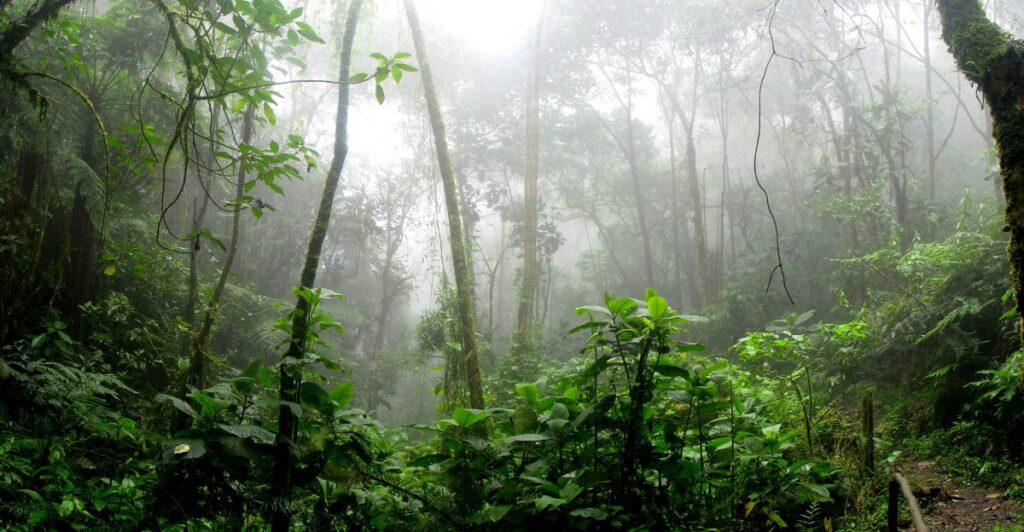
Ecologists Jared Wolfe and Michael Sullivan have described some sites as “almost a complete community collapse.” These declines have taken place in natural areas and do not have the familiar explanations of deforestation or habitat destruction. The idea that large tracts of untouched forest would act as a safeguard for wildlife has now been proved to be wrong.
Investigating the Causes
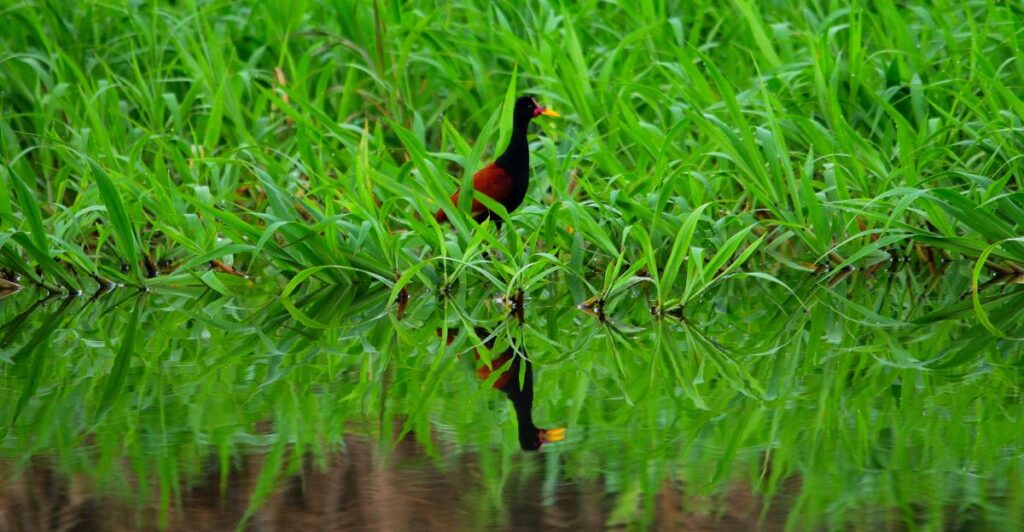
It was in 2015 that Blake and ornithologist Bette A. Loiselle first observed these declines but they were not able to establish the cause thereof. Disease and parasites were excluded and there was no evidence of pollution or toxins. It appeared that the problem was not specific to a certain region but was a global issue.
Climate Change as the Likely Culprit
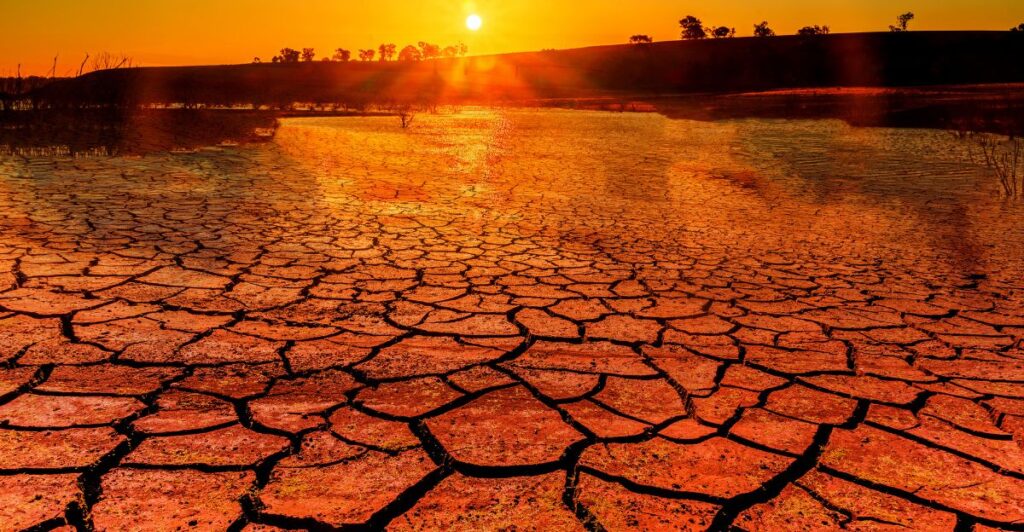
According to Blake, climate change is most likely the cause of this situation because there are barely any other factors that cause massive global changes. The latest studies support these hypotheses by showing that temperature increase is the main cause of bird population drop in the Amazon.
The Impact of Rising Temperatures
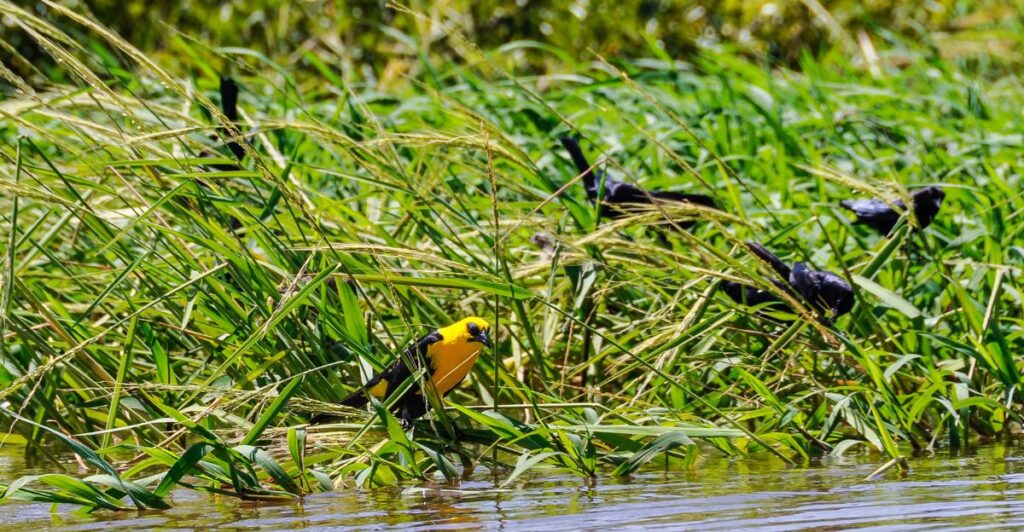
The Science Advances study tracked bird populations in BDFFP and climate data to find that 83% of species had lower survival rates due to hotter dry seasons. When dry-season temperatures rose by 1°C, bird survival rates dropped by 63%, and this meant that these birds were unable to breed and find food.
The Disruption of Natural Cycles
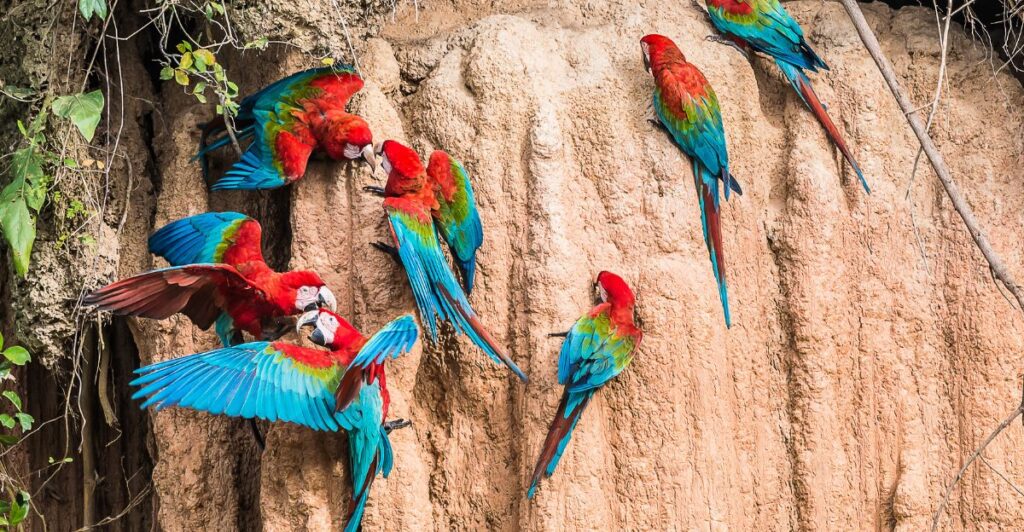
Climate change impacts the delicate balance of rainforest ecosystems. The changes in the rainfall and temperature affect the insects, plants, and the time they produce fruits. The birds are unable to change their behaviour to obtain food and shelter for their young, and thus, the population reduces from one generation to the next.
The Fragility of Conservation Efforts
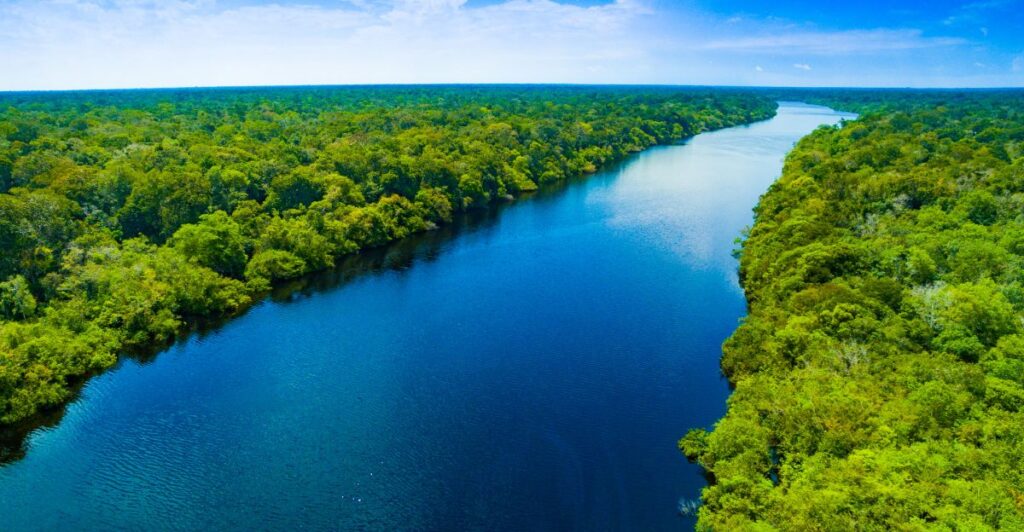
Conservation approaches that have been developed over the years focus on establishing protected areas, considering that natural forests are enough to conserve species. However, the global effects of climate change indicate that even large and largely undisturbed forests are at risk. The problem is how to deal with these issues rather than simply protecting land.
The Search for Solutions
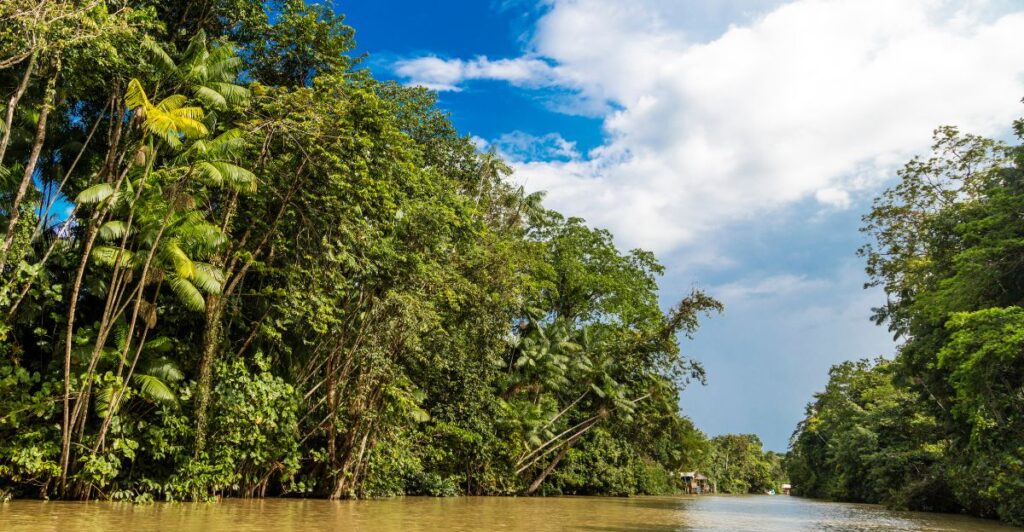
According to Jared Wolfe, the issue is comparable to water pollution, where there are many sources of the problem instead of just one. Finding out which forests do not experience these declines could help in understanding how to conserve bird species. These habitats need to be analyzed and their impact to climate change understood in order to come up with a proper plan to act on the same.
A Bleak but Crucial Mission
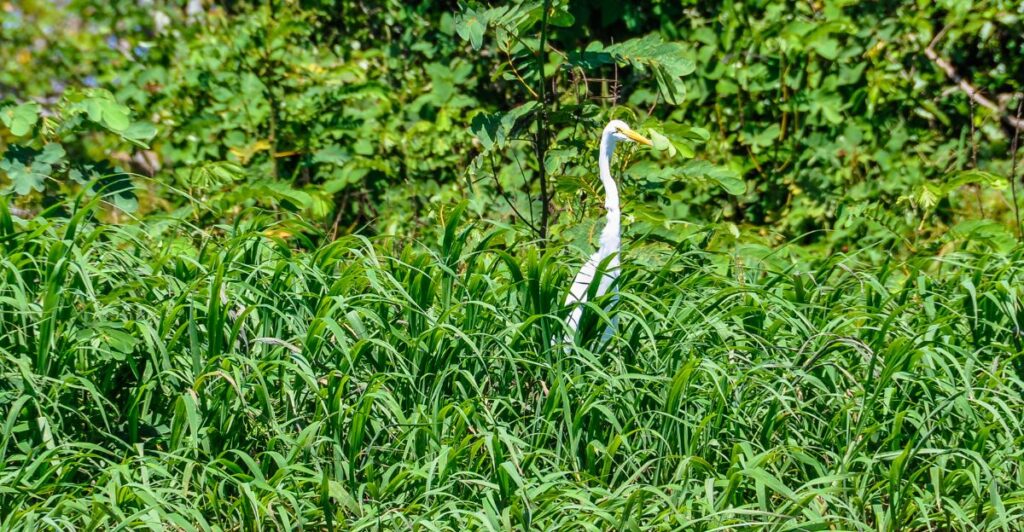
For the researchers who have seen these declines happen in their own lifetime, the job has become melancholic. “It is depressing,” Blake admits. The bird populations that Blake had monitored for years were dwindling, but the researchers remain engaged. Recognizing and addressing these changes is the first step toward finding a solution before it is too late.







